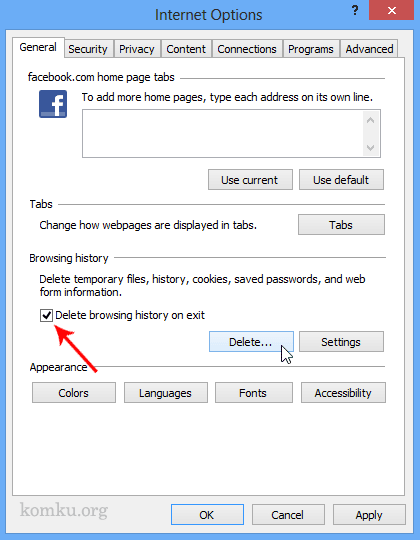
When you’re at a site, you can see an accounting of how effective your tracking prevention is by clicking on the lock symbol on the left side of the top address field.
 Beneath that is the “Exceptions” link, where you can specify any sites where you want tracking prevention turned off. Here, you can see all of the trackers Edge has blocked. On the “Privacy and Services” page, look for the “Blocked trackers” link just beneath the three tracking prevention modes. While Edge provides you with the three easy-to-choose tracking modes, you can also dive deeper to see which trackers are blocked, and make exceptions for specific sites. Make sure “Tracking prevention” is switched on, and then select which level you want. Click on the three dots in the top right corner of your browser window and go to “Settings,” then “Privacy and Services.”. “Basic” offers more relaxed control it still blocks trackers, but only those Microsoft describes as “malicious.” You can also switch to “Strict,” which blocks most third-party trackers across sites. “Balanced,” which is active upon installation, blocks some third-party trackers along with any trackers designated as “malicious.” This mode takes into account sites you visit frequently and the fact that an organization may own several sites it lowers tracking prevention for organizations you engage with regularly. The new version of Edge blocks trackers by default using one of three different levels of protection.
Beneath that is the “Exceptions” link, where you can specify any sites where you want tracking prevention turned off. Here, you can see all of the trackers Edge has blocked. On the “Privacy and Services” page, look for the “Blocked trackers” link just beneath the three tracking prevention modes. While Edge provides you with the three easy-to-choose tracking modes, you can also dive deeper to see which trackers are blocked, and make exceptions for specific sites. Make sure “Tracking prevention” is switched on, and then select which level you want. Click on the three dots in the top right corner of your browser window and go to “Settings,” then “Privacy and Services.”. “Basic” offers more relaxed control it still blocks trackers, but only those Microsoft describes as “malicious.” You can also switch to “Strict,” which blocks most third-party trackers across sites. “Balanced,” which is active upon installation, blocks some third-party trackers along with any trackers designated as “malicious.” This mode takes into account sites you visit frequently and the fact that an organization may own several sites it lowers tracking prevention for organizations you engage with regularly. The new version of Edge blocks trackers by default using one of three different levels of protection. 
We also address how Edge deals with fingerprinting, another method of tracking which identifies users by collecting details about their system configuration. Below are instructions on how to change your settings, see what trackers are stored on your browser, and delete any cookies. Version 80 of Microsoft’s Edge browser, now based on the Chromium source code, launched on January 15th, and with it came an increased focus on privacy.Įdge includes tools to block both first-party cookies (used to keep you logged in or remember the items in your shopping cart) and third-party tracking cookies (used to keep track of your browsing activity).






 0 kommentar(er)
0 kommentar(er)
